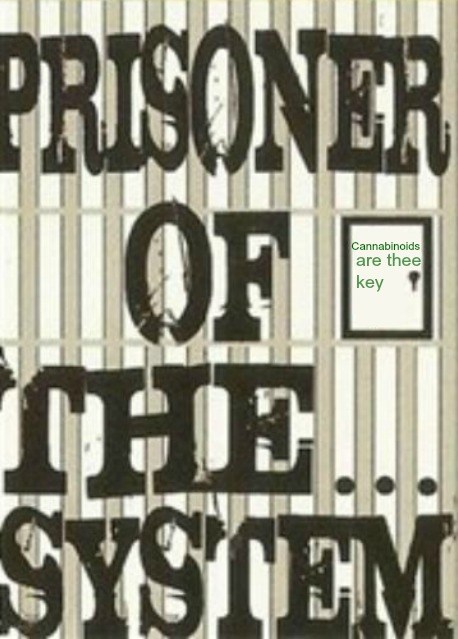The pseudokinase tribbles homologue-3 plays a crucial role in cannabinoid anticancer action.
Source
Department of Biochemistry and Molecular Biology I, School of Biology, Complutense University, 28040 Madrid, Spain.
Abstract
Δ9-Tetrahydrocannabinol (THC), the major active ingredient of marijuana, and other cannabinoids inhibit tumour growth in animal models of cancer. This effect relies, at least in part, on the up-regulation of several endoplasmic reticulum stress-related proteins including the pseudokinase tribbles homologue-3 (TRIB3), which leads in turn to the inhibition of the AKT/mTORC1 axis and the subsequent stimulation of autophagy-mediated apoptosis in tumour cells. Here, we took advantage of the use of cells derived from Trib3-deficient mice to investigate the precise mechanisms by which TRIB3 regulates the anti-cancer action of THC. Our data show that RasV12/E1A-transformed embryonic fibroblasts derived from Trib3-deficient mice are resistant to THC-induced cell death. We also show that genetic inactivation of this protein abolishes the ability of THC to inhibit the phosphorylation of AKT and several of its downstream targets, including those involved in the regulation of the AKT/mammalian target of rapamycin complex 1 (mTORC1) axis. Our data support the idea that THC-induced TRIB3 up-regulation inhibits AKT phosphorylation by regulating the accessibility of AKT to its upstream activatory kinase (the mammalian target of rapamycin complex 2; mTORC2). Finally, we found that tumours generated by inoculation of Trib3-deficient cells in nude mice are resistant to THC anticancer action. Altogether, the observations presented here strongly support that TRIB3 plays a crucial role on THC anti-neoplastic activity. This article is part of a Special Issue entitled Dysregulated Lipid Metabolism in Cancer.
Copyright © 2013. Published by Elsevier B.V.
- PMID:
23567453
[PubMed – as supplied by publisher]

Figures and tables from this article:
- Fig. 3. THC reduces the interaction between AKT and mTORC2 in a TRIB3-dependent manner.(A) Effect of THC (6 μM, 8 h) on the in vitro kinase activity of mTORC2. SIN1 was immunoprecipitated from lysates extracted from vehicle or THC-treated RasV12/E1A-transformed Trib3+/+ and Trib3−/− MEFs. mTORC2 kinase activity was measured by using recombinant GST-AKT1 as substrate. One representative experiment of 3 is shown. (B) Effect of THC (6 μM, 8 h) on the interaction (as determined by its ability to co-immunoprecipitate with each other) of mTORC2 (SIN1), TRIB3 and AKT immunoprecipitated from RasV12/E1A-transformed Trib3+/+ and Trib3−/− MEFs extracts. One representative experiment of 3 is shown. IgG immunoprecipitation was included as negative control in (A) and (B).* Trib3−/− cells express a truncated version of TRIB3 that can be immunoprecipitated by the anti-TRIB3 antibody used in this study (raised against the N terminal region of this protein).
- Fig. 4. TRIB3 is required for cannabinoid antitumoral action.Effect of THC administration (15 mg/kg/day peritumoral injection) on the growth of tumor xenografts derived from RasV12/E1A-transformed Trib3+/+ (left panel) and Trib3−/− (right panel) MEFs (mean ± SEM; n = 8 for each condition). Photographs show representative images of vehicle- and THC-treated tumors. *P < 0.05 and **P < 0.01 from vehicle-treated tumors.
- Fig. 5. TRIB3 is required for the stimulation by THC of the autophagy-mediated cell death pathway in vivo. Effect of THC administration on AKT phosphorylation on ser 473 (A), autophagy (as determined by LC3 immunostaining; B) and apoptosis (as determined by active caspase immunostaining; C) in samples derived from tumors generated from RasV12/E1A-transformed Trib3+/+ and Trib3−/− MEFs. Data are expressed as the phospho-AKT or LC3-stained area relative to the number of nuclei in each field (A and B) or as the percentage of active-caspase 3-positive cells relative to the number of nuclei in each field and correspond to 10 fields of 3 different tumors for each condition. Bar graphs show the mean fold change ± SD; 18 sections were counted for each of 3 dissected tumors for each condition. Representative images from vehicle and THC-treated Trib3+/+ and Trib3−/− tumors are shown.
- ☆
- This article is part of a Special Issue entitled Dysregulated Lipid Metabolism in Cancer.
Copyright © 2013 Elsevier B.V. Published by Elsevier B.V. All rights reserved.

Although corrected proofs do not have all bibliographic details available yet, they can already be cited using the year of online publication and the DOI , as follows: author(s), article title, journal (year), DOI. Please consult the journal’s reference style for the exact appearance of these elements, abbreviation of journal names and use of punctuation.
When the final article is assigned to an issue of the journal, the Article in Press version will be removed and the final version will appear in the associated published issue of the journal. The date the article was first made available online will be carried over.








